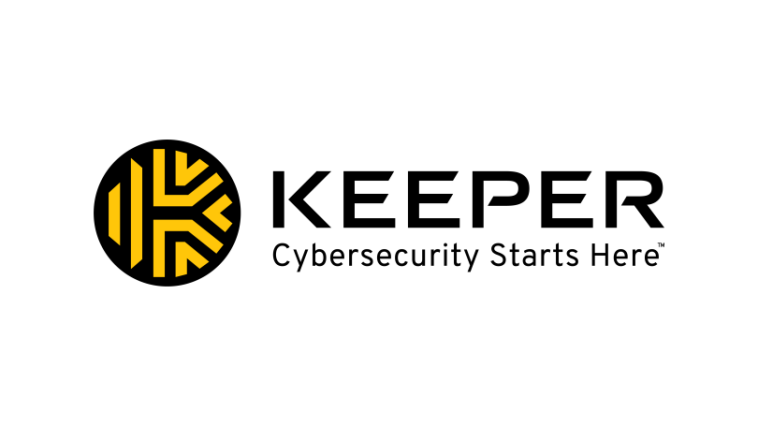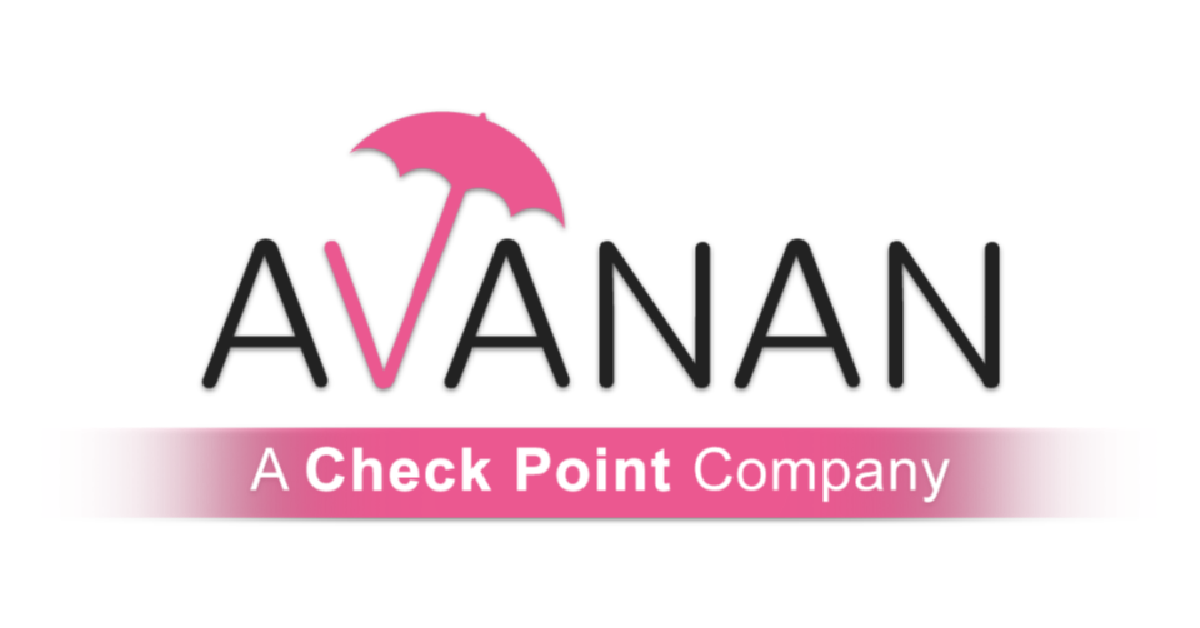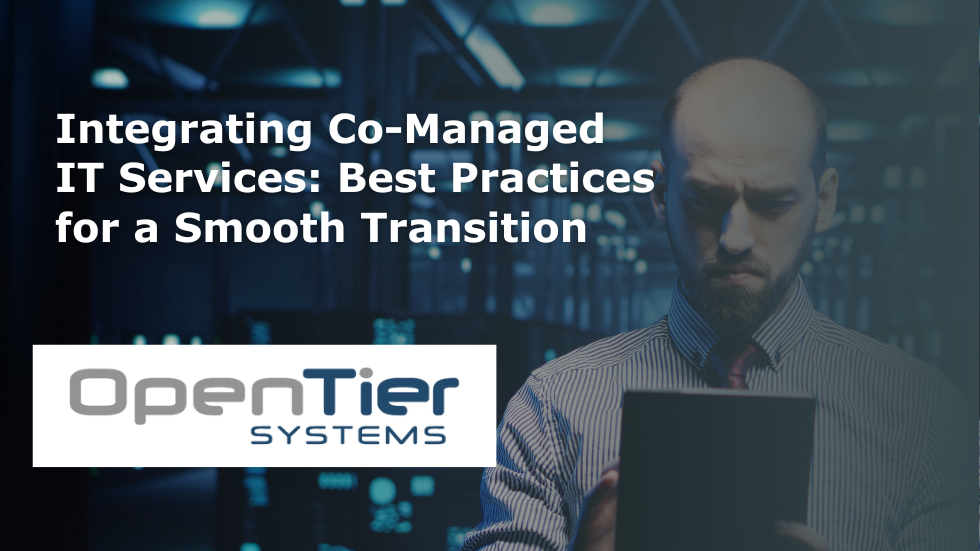Bringing on a co-managed IT provider is more than a strategic move. It’s an opportunity to empower your internal team’s capabilities while introducing greater flexibility into managing your organization’s IT resources. However, like any significant change, integrating co-managed services requires a thoughtful approach to ensure a seamless transition. Here, we cover best practices to guide IT managers through this process.
Define Roles and Responsibilities Early
Clear role definition is essential for a successful co-managed IT relationship. Identify which tasks will remain in-house and which will be handled by your co-managed provider.
- Internal Team Responsibilities: List the areas your in-house team will manage, such as daily support requests, user training, and company-specific tasks.
- Provider Responsibilities: Outline tasks for your co-managed partner, such as advanced cybersecurity measures, systems monitoring, or specialized project support.
Studies consistently emphasize the transformative impact of clearly defining roles within teams, especially in environments that require precise coordination, like IT management. Research from Effectory, a leading global provider of employee engagement and performance analytics, reveals that employees with well-defined roles are 53% more efficient and 27% more effective in their tasks, resulting in a 25% increase in overall performance[1].
Establish Key Metrics and Service Level Agreements (SLAs)
Denis Matte, a recognized expert in IT service management, states, “The SLA explains the service. It does not predict the performance of that service. Explanation does not mean prediction”[2]. This highlights the key difference between defining services and guaranteeing their performance. To effectively manage co-managed IT services, establishing transparent metrics and SLAs is essential for aligning both the internal team and the provider. SLAs create accountability, but they should also allow flexibility for continuous improvement and adapting to evolving needs.
- Response and Resolution Times: Specify acceptable response times for different types of incidents. For example, “critical system outages must receive a response within 30 minutes.”
- Performance Metrics: Track metrics like system uptime (e.g., 99.9% uptime), incident resolution rates, user satisfaction scores to monitor ongoing service quality.
- Regular Reporting: Decide on the frequency and format for reporting to track progress and identify potential improvements.
Facilitate Knowledge Sharing and Continuous Collaboration
For a seamless transition, create an environment that encourages collaboration between your IT team and the co-managed provider. Sharing information and insights can strengthen the partnership and lead to faster problem resolution.
- Regular Meetings: Establish regular touchpoints to discuss ongoing issues, share updates, and brainstorm solutions. Weekly check-ins or bi-weekly strategy meetings can be valuable.
- Documentation and Training: Ensure both teams have access to up-to-date documentation on your systems, policies, and procedures. Providing joint training can also promote a unified approach to problem-solving.
- Encourage Open Communication: Set up a direct line of communication, such as a dedicated Slack channel or ticketing system, to encourage quick and easy information sharing.
Prioritize Security and Compliance
With co-managed IT services, it’s essential to maintain security and compliance standards. Ensure that your co-managed partner has robust security protocols in place and that they’re fully aligned with your company’s policies.
- Access Controls: Limit access to sensitive data and systems based on roles and regularly review access permissions to maintain security.
- Shared Security Tools: Use compatible security tools that enable both teams to monitor and address potential threats in real time.
- Compliance Standards: Verify that your co-managed partner is well-versed in industry-specific compliance requirements, such as HIPAA, PCI, or GDPR.
Mismanaged access permissions and insufficient compliance monitoring are major contributors to data breaches. A report from the Cloud Security Alliance reveals that misconfiguration-related issues are responsible for 80% of all data security breaches and predicts that “until 2025, up to 99% of cloud environment failures will be attributed to human errors.” This highlights the critical importance of carefully managing access rights and conducting regular system audits[3].
Without proper monitoring, organizations risk exposing sensitive information, leading to potential data loss, regulatory fines, and reputational damage. Strengthening access controls and ensuring compliance are essential steps in mitigating these risks.
Plan for Continuous Improvement
The IT landscape is constantly evolving, and it’s important to make sure that your co-managed partnership evolves with it. Plan for periodic reviews to assess performance, address any gaps, and implement new processes as necessary.
- Quarterly Reviews: Conduct regular performance reviews to analyze key metrics, discuss successes, and identify areas for improvement.
- Feedback Loops: Actively seek feedback from both teams to identify pain points and implement refinements. This process not only ensures alignment but also fosters trust and collaboration.
Integrating co-managed IT services can be a transformative move for your organization, but it requires careful planning and a collaborative approach. By defining roles, setting clear expectations, promoting continuous collaboration, and prioritizing security, you can create a partnership that enhances your IT team’s effectiveness and drives your organization forward. Following these best practices will help ensure that your co-managed IT setup is a success, bringing both stability and growth to your IT operations.
[1] https://www.effectory.com/knowledge/hr-analytics-role-clarity-impacts-performance
[2] https://fluentsupport.com/sla-service-level-agreement/
[3] https://cloudsecurityalliance.org/blog/2023/08/14/managing-cloud-misconfigurations-risks


































